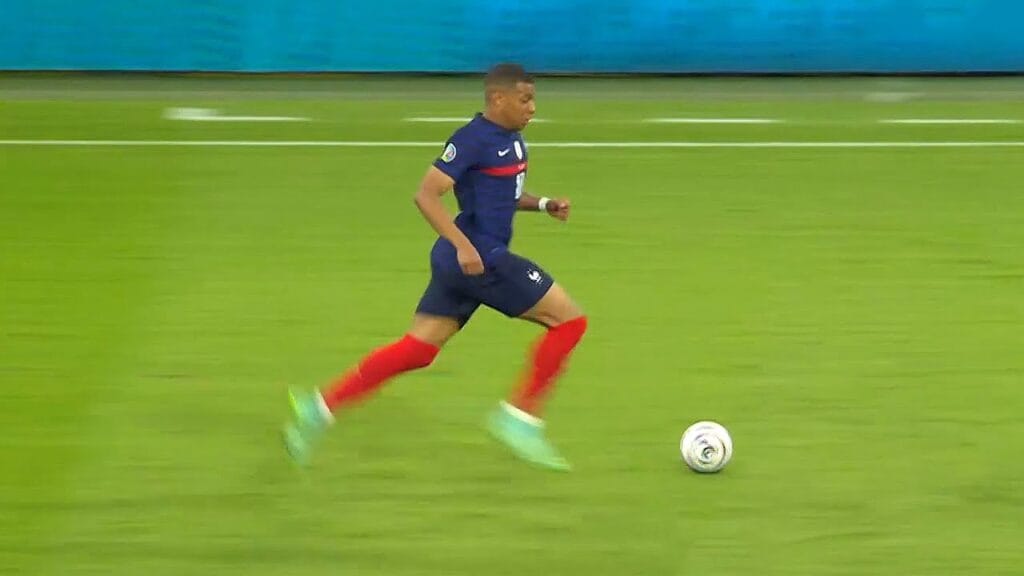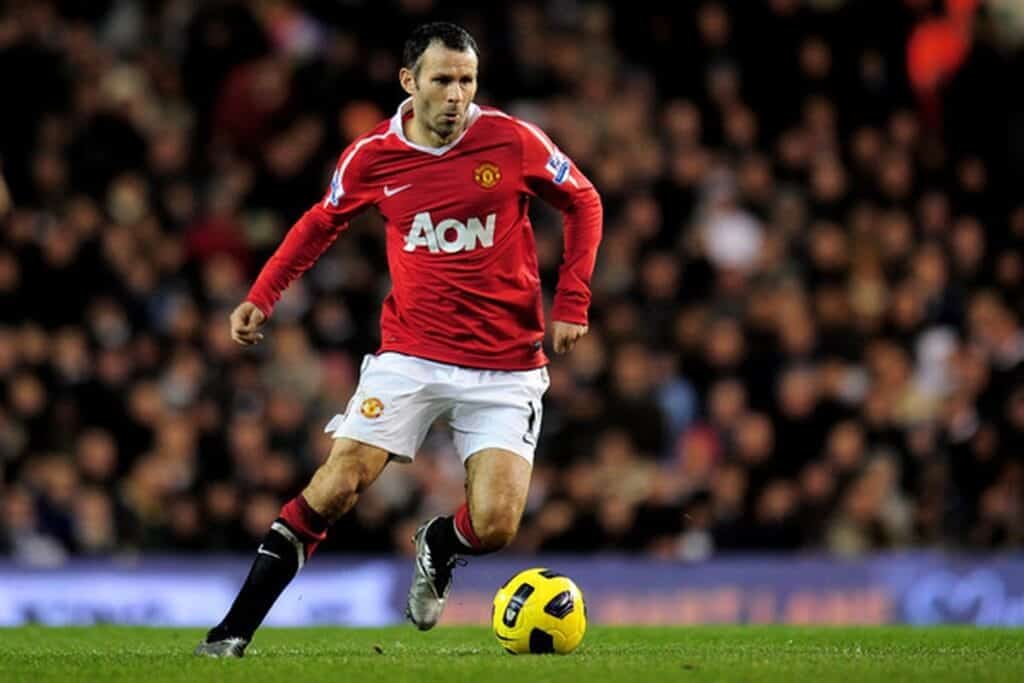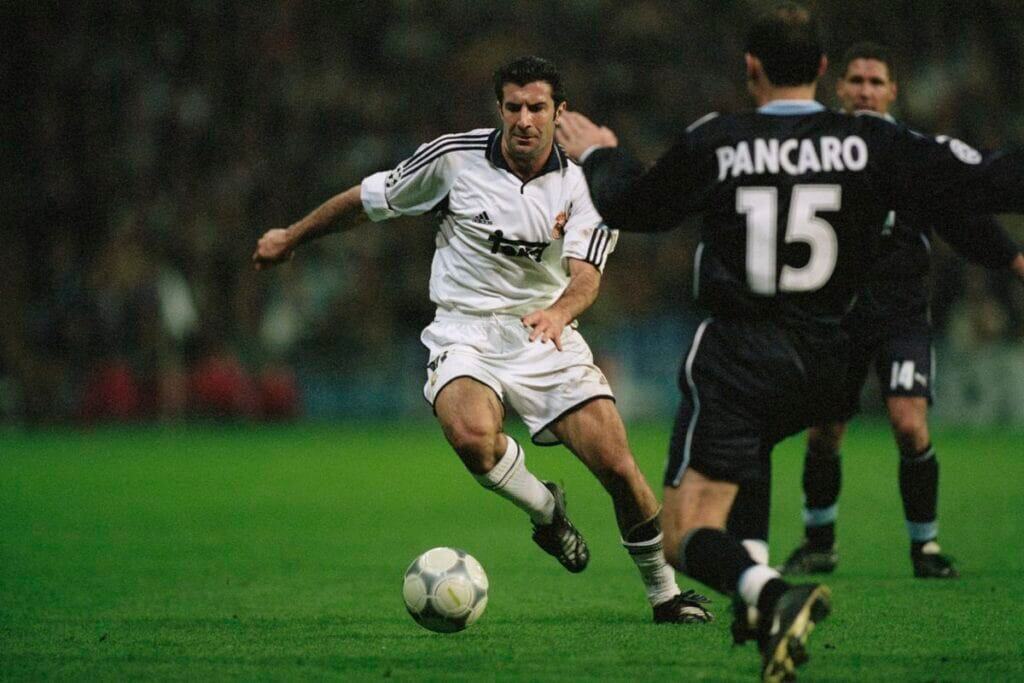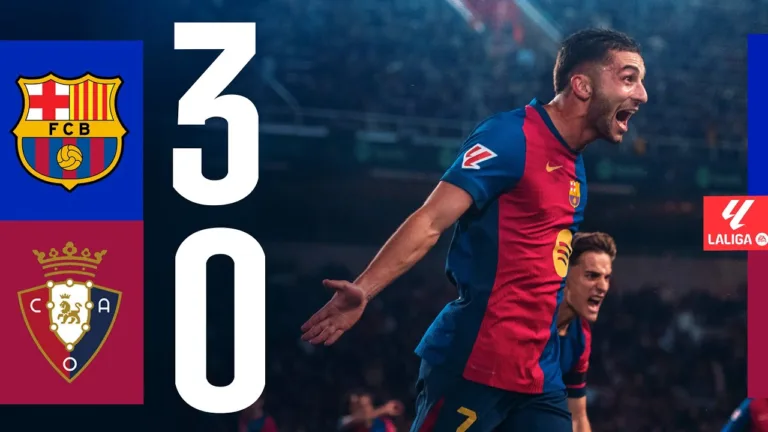Who is a Winger, and Why is This Position Crucial in Modern Football?
A winger in football is much more than just a wide forward. This dynamic flank player is capable of launching lightning-fast attacks while also tracking back to defend with determination, covering the entire length of the pitch. The key characteristic of this position is the fine balance between offense and defense, demanding exceptional stamina and technical skill.
As the legendary Frank Lampard once said:
A winger shouldn’t just be about dribbling. It’s crucial to find space and make intelligent runs between the lines. Wingers also need to defend—otherwise, you won’t win.
These words perfectly capture the essence of the winger’s role, which is becoming increasingly important in the tactical setups of the world’s top clubs.
The Skills and Techniques of an Elite Winger: Speed, Dribbling, and Precision
Physical Attributes – The Foundation of Success
A winger must possess explosive speed and relentless stamina. It’s no surprise that flank players often set speed records on the pitch. Euro 2024 reinforced this trend, with two of the tournament’s three fastest players being French superstar Kylian Mbappé (36.5 km/h) and Spanish talent Ferran Torres (36 km/h).

Constant high-intensity movement along the wing requires a specialized approach to physical training. Sprint drills and explosive power workouts are a priority for any player aiming to master this position.
Technical Mastery – The Ultimate Trump Card
Without elite dribbling and a variety of skill moves, a winger cannot fully unlock their potential. Feints and quick changes of direction are essential tools for breaking through defensive lines and escaping high-pressure situations.
Brazilian magician Vinícius Júnior, the Real Madrid star, describes his approach as follows:
For me, it’s easier to beat a defender one-on-one than to score a goal. That way, I stay in control of the situation and play to my strengths. When I take on defenders, they have no idea what I’ll do next.
Rising Spanish sensation Lamine Yamal, named the Best Young Player of Euro 2024, showcased phenomenal dribbling throughout the tournament: 32 successful take-ons and 4 assists in just seven matches. His impact in Spain’s title-winning campaign proves just how decisive an elite winger can be.
The Tactical Aspects of a Winger’s Game: Creativity and Versatility
A winger’s tactical role demands constant transitions between attack and defense. There is no fixed script for playing on the flank—every situation requires quick adaptation and a creative approach.
Dutch maestro Arjen Robben, whose signature inside cuts from the right wing terrorized defenders worldwide, emphasized the importance of unpredictability:
You have to surprise your opponents, keep them guessing. You can’t rely on the same move over and over again. We’re always looking for new attacking solutions, taking up different positions, or approaching the box in a new way.
One of the most effective tactical strategies involves well-coordinated wing partnerships operating on opposite flanks. A legendary example is the “Robbery” duo—Arjen Robben and Franck Ribéry, who became the defining force of Bayern Munich’s golden era. Together, these flank masters recorded 268 goals and 282 assists, playing a crucial role in the club’s numerous triumphs.

Flank Legends: Wingers Who Changed Football
Ryan Giggs: The Welsh Wizard of the Left Wing
Manchester United icon Ryan Giggs epitomizes the ideal old-school winger. Over 963 appearances for the Red Devils, he scored 168 goals and provided 266 assists, winning an astonishing 34 trophies. His blistering pace, exquisite dribbling, and pinpoint passing set the standard for aspiring wide players.
Welsh international Daniel James once highlighted Giggs’ enduring influence:
What Ryan achieved at United is just incredible. Every young winger wants to be like him—including me. Plus, he played until he was 40 and was still beating defenders.

Luís Figo: The Portuguese Virtuoso of the Right Flank
Ballon d’Or winner Luís Figo showcased the kind of versatility that is so highly valued in modern football. Starting out as a classic right winger, the Portuguese maestro could adapt to any situation, anywhere on the pitch, combining speed with elegant technical ability.
Former England striker Geoff Hurst perfectly captured Figo’s significance:
Real Madrid had an unbelievable number of talented and ego-driven players, and it would have been easy to fade into the background. But for Figo, that was never an option.
Ballon d’Or winner Luís Figo showcased the kind of versatility that is so highly valued in modern football. Starting out as a classic right winger, the Portuguese maestro could adapt to any situation, anywhere on the pitch, combining speed with elegant technical ability.
Former England striker Geoff Hurst perfectly captured Figo’s significance:

The Future of the Winger Position: Evolution Continues
In modern football, wingers are increasingly becoming team leaders and match-winners. Their versatility allows coaches to adjust tactical setups on the fly, making them invaluable assets on the pitch.
Barcelona head coach Hansi Flick highlighted this adaptability when speaking about Lamine Yamal :
He has incredible ball control. He loves playing out wide, but we know opponents can try to shut him down. We talk to him about the spaces he should occupy.
Looking ahead, we can expect to see even more multi-dimensional wingers, capable of excelling as full-backs, strikers, or attacking midfielders. The evolution of this role is far from over, opening new tactical possibilities for the future of football.

Why Wingers Are the Key to Victory in Modern Football
The numbers speak for themselves: in 6 of the last 12 Champions League finals, at least one goal was scored by a winger. This position is now a decisive factor in the biggest matches.
The ideal winger combines attacking flair, defensive work rate, technical brilliance, and tactical intelligence. These players are shaping the future of the game, with young stars like Yamal and Vinícius Júnior leading the way.




